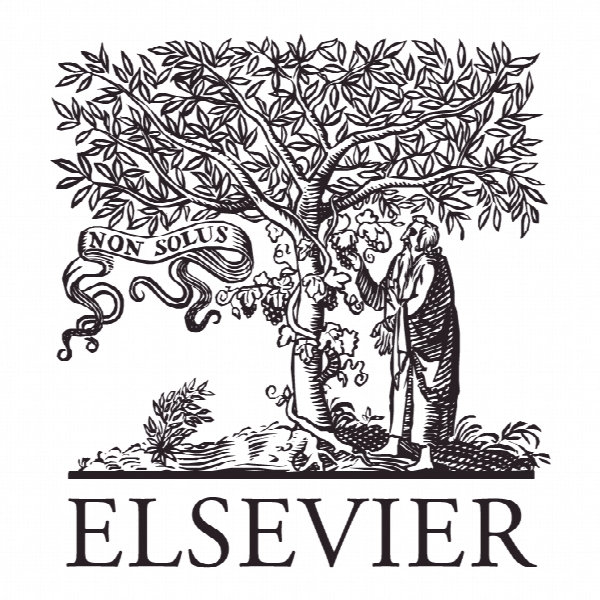تصمیمات مربوط به تامین مالی شرکت تحت ابهام: پیچیدگی سفارشات و پیامدهای خط مشی نقدینگی Corporate financing decisions under ambiguity: Pecking order and liquidity policy implications
- نوع فایل : کتاب
- زبان : انگلیسی
- ناشر : Elsevier
- چاپ و سال / کشور: 2017
توضیحات
رشته های مرتبط مدیریت
گرایش های مرتبط بازاریابی
مجله تحقیقات بازاریابی – Journal of Business Research
دانشگاه گروه اقتصاد، بولونیا، ایتالیا
نشریه نشریه الزویر
گرایش های مرتبط بازاریابی
مجله تحقیقات بازاریابی – Journal of Business Research
دانشگاه گروه اقتصاد، بولونیا، ایتالیا
نشریه نشریه الزویر
Description
1. Introduction Over the last three decades, there have been many developments in decision theory that improved our understanding of uncertainty. In line with Knight (1921), uncertainty can be divided into two well-defined distinct parts, risk and ambiguity. “Risk” is used to refer to any sort of uncertainty that can be defined through the existence of a probabilistic model based on one single probability assessment, which is known to the decision maker (DM). “Ambiguity” is used to refer to situations in which the DM appears to be not fully confident that his/her beliefs apply. Practically, risk is mostly used when uncertainty is calculable, i.e. both outcomes and a subjective probability distribution over outcomes can be specified. Ambiguity applies to situations where uncertainty is incalculable, i.e. where there is no clear perception of the possible outcomes or of an estimate of a single plausible probability distribution. At least since Ellsberg (1961), experimental studies in ambiguous settings have repeatedly shown that DMs usually prefer to deal with known, rather than unknown probabilities, thereby revealing a form of ambiguity aversion (see, i.e, Mousavi & Gigerenzer, 2014 for a discussion of risk and uncertainty). Although the recent literature on ambiguity has provided a unified and elegant framework to address (and often solve) some financial puzzles (e.g. the equity premium puzzle and the interest rate puzzle, see Epstein & Schneider, 2010), there are still ill-understood phenomena in corporate finance, whose explanation, in our view, might benefit from the ambiguity theory perspective. Recent studies document a secular increase in the cash holdings of some firms (Bates, Kahle, & Stulz, 2009; Denis & Sibikov, 2010; Faulkender & Wang, 2006; Holberg, Phillips, & Prabhala, 2014). In 2010 the Federal Reserve reported that cash holdings of U.S. corporations experienced the largest-ever increase in records going back to 1952. Cash increased very fast after 2008, growing at an annual rate of 11% until 2014. US non-financial companies held $1.82 trillion of cash at the end of 2014, including technology, pharmaceutical and industrial giants, such as Apple Inc., Pfizer Inc., and General Motors Co. “The rising corporate cash balances could represent a longer-term behavioral shift in the wake of the deepest financial crisis in decades” (The Wall Street Journal, June 10, 2010). One reason could be that firms facing deep uncertainty about future transactions and vague economic perspectives may find it beneficial to pile up significant amounts of cash as a cushion. And yet, both anecdotal1 and large sample evidence points to an incentive for managers to avoid visible accumulation of cash holdings. Moreover, one would expect that the precautionary demand for cash should decrease when firms can hedge more effectively as more types of derivatives are available, e.g. as a consequence of improvements in information and financial technology since the early 1980s. Thus, the observed increase in cash holdings represents an anomaly that challenges existing theories.


